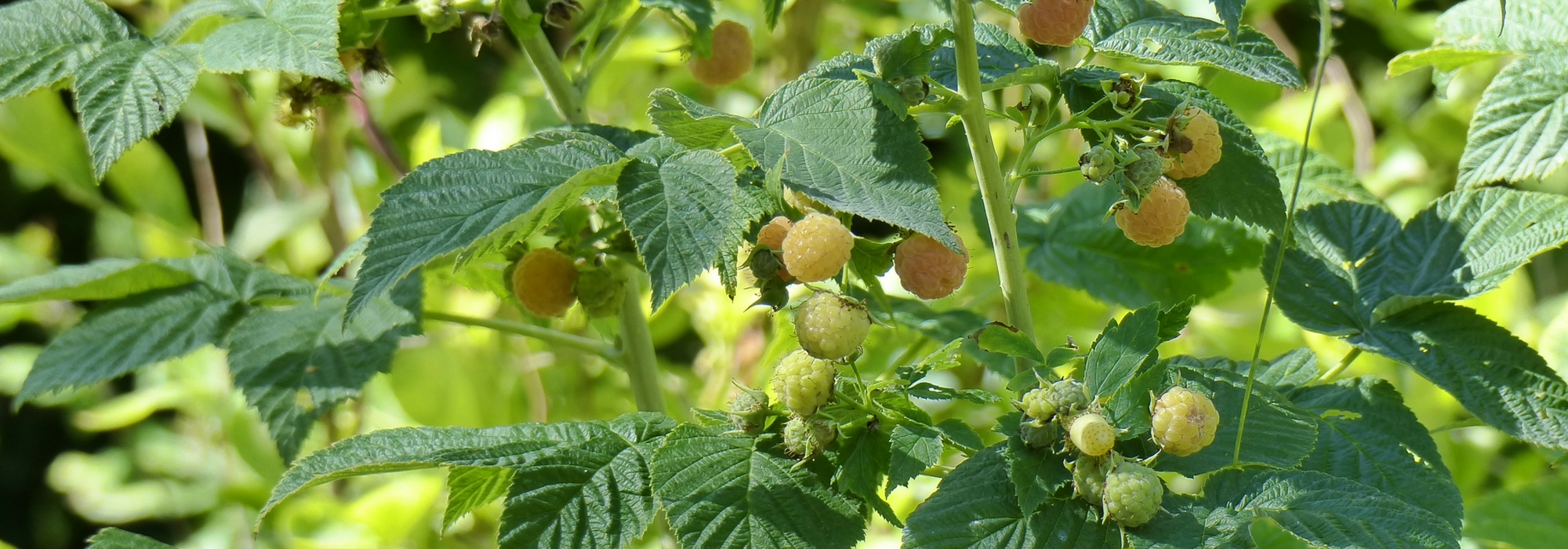
Pruning raspberries: best practices for perpetual and non-perpetual varieties
All our tips and tricks
Contents
Do you dream of harvesting beautiful, juicy raspberries every year? To achieve this, pruning raspberry plants is a necessary action to ensure good fruiting. However, it is essential to know when and how to prune, depending on whether they are perpetual or non-perpetual raspberry plants. Proper pruning stimulates fruit production, promotes the health of the young plants, and limits diseases.
In this article, discover which month to prune raspberry plants, as well as the right actions to take when pruning your raspberry plants to fully enjoy their fruiting season after season.
Why prune a raspberry bush?
Pruning a raspberry bush has many advantages, both for the health of the plant and the quality of the fruits:
-
Stimulate fruiting by encouraging the growth of new, vigorous and more productive canes.
-
Improve fruit quality: fewer stems means more energy for the remaining fruits, which will become larger and tastier.
-
Prevent diseases: reducing stems limits humidity and decreases the risk of diseases.
-
Facilitate harvesting by making the plant more accessible for picking.
-
Prolong the lifespan of the plant through this regular maintenance.
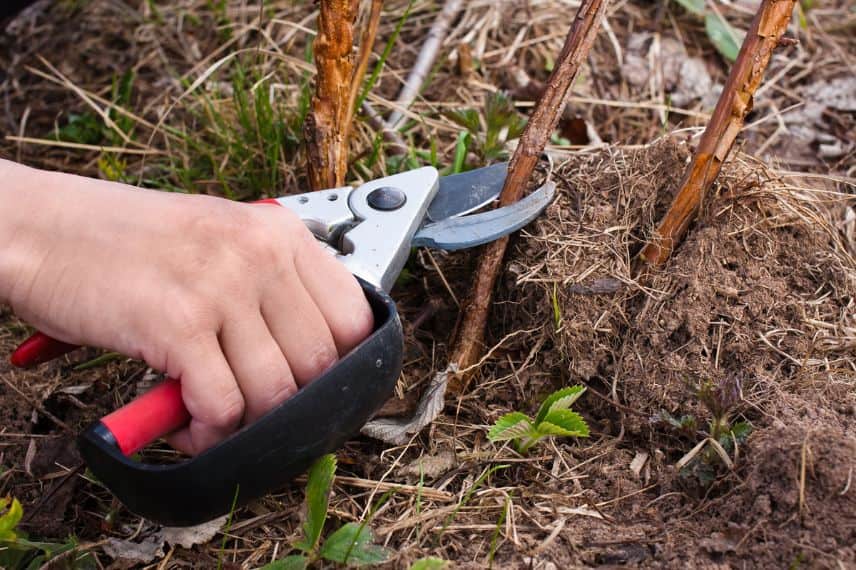
Perpetual and non-perpetual raspberry bushes, what are the differences?
Before pruning, you must first identify the type of raspberry bush you are growing. Perpetual or non-perpetual, each variety has its own fruiting rhythm and therefore, different pruning needs.
You just need to observe their fruiting periods:
- the perpetual varieties produce twice a year: in June and then from August to October,
- the non-perpetual varieties only offer a single, abundant harvest around June – July.
Discover other Raspberry plants
View all →Available in 0 sizes
Available in 0 sizes
Available in 1 sizes
Available in 2 sizes
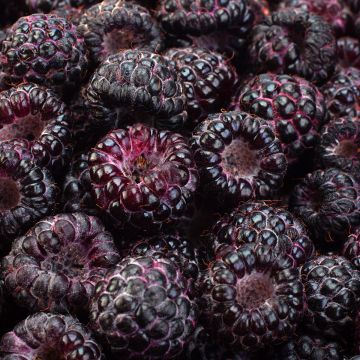
Available in 2 sizes
Available in 1 sizes
Available in 2 sizes
Available in 3 sizes
Available in 1 sizes
Available in 1 sizes
Pruning perpetual raspberry bushes
Perpetual raspberry bushes produce twice a year:
- the first harvest in summer on the canes from the previous year
- a second, more generous one in autumn on the canes from the current year.
When to prune the perpetual raspberry bush?
Pruning is done in two stages:
- In August: after the second harvest, remove the canes that have already borne fruit twice.
- In winter (February-March): this is the time to prepare for the future summer harvest by pruning and thinning the canes.
How to prune the perpetual raspberry bush?
- In August, cut the fruiting canes down to the ground (they can be recognised by their dry, dark wood). They will not produce any more fruit as they have already borne fruit twice.
- In winter, prune by half the tips of the canes that bore fruit in autumn. They will produce again at the beginning of the following summer.
- If the shoots are too numerous, thin out to keep only about 15 canes per linear metre: those that are the most vigorous. Cut the weaker ones down to the ground.
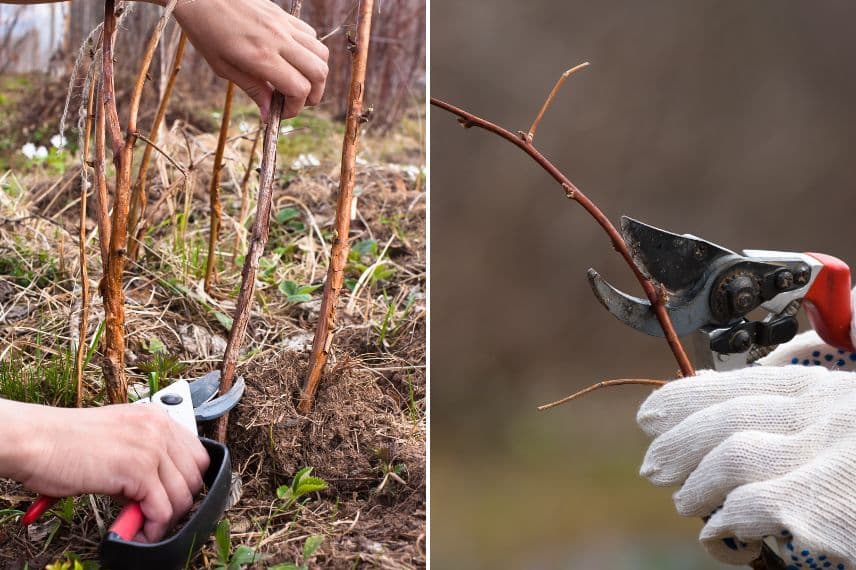
Read also
How to properly stake raspberry bushes?Pruning of non-perpetual raspberries
Non-remontant raspberries fruit once a year, at the beginning of summer, on the previous year’s canes.
When to prune non-remontant raspberry?
- Just after the summer harvest, usually between July and August, or early autumn in September-October. This is the ideal time to intervene while the new shoots begin to develop.
- Optional: In winter, you can lightly thin the stems if the plant is too dense, but this is not obligatory.
How to prune non-remontant raspberry?
- After the harvest, cut the fruiting canes down to the ground with a pruning shear. Their canes are brown or greyish at this time.
- Keep the young, green, and vigorous canes that will ensure the harvest for the following year.
- In winter, if the year’s shoots are too numerous, keep only 10 to 15 shoots per linear metre (the most vigorous ones). Cut back the weaker canes to aerate the clump.
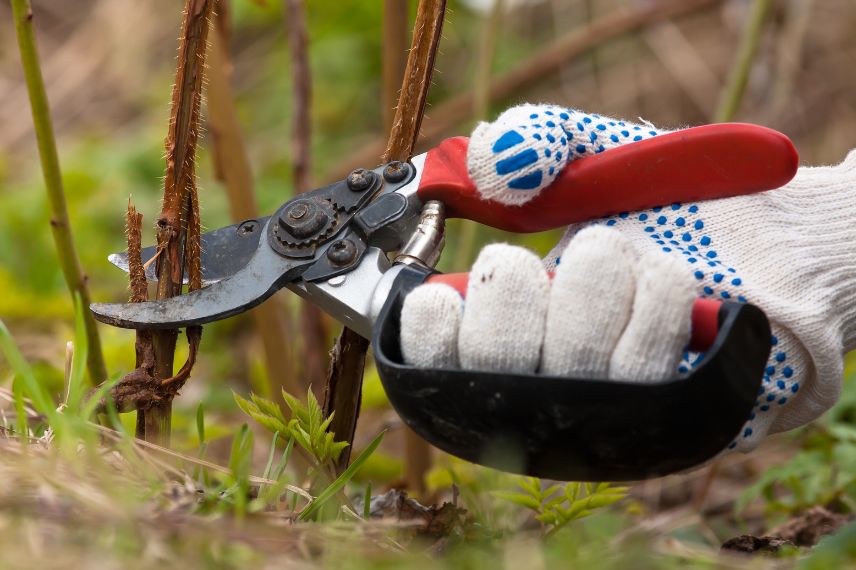
Caring for raspberry bushes after pruning
Once pruning is done, proper maintenance helps to support the vigour of the plants and ensures a good harvest the following year.
- Remove, with a spade the suckers that form beyond the planting area (you can replant them elsewhere if you wish).
- Weed if necessary and mulch the base with 5 cm of thickness, to retain moisture, limit the regrowth of weeds, and protect the roots from the cold in winter. You can use fallen leaves or even pine bark, as raspberries are not afraid of acidity.
- Support the young stems, if necessary, to prevent them from bending or breaking under the weight of future fruits.
- Add an organic amendment at the end of winter, such as well-rotted compost or decomposed manure, to nourish the soil and promote the development of new shoots in spring.
- Train the raspberries on wires stretched between two sturdy stakes, especially for vigorous varieties, to maintain good air circulation, facilitate harvesting, and prevent diseases.
To learn more, follow this video, where Patrick shows Olivier how to train raspberries in the Dutch style:
- Subscribe!
- Contents































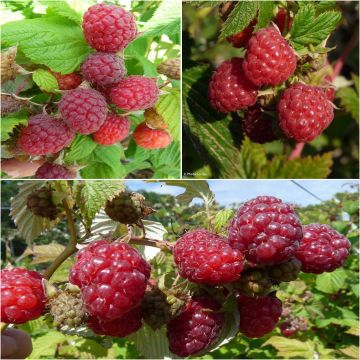
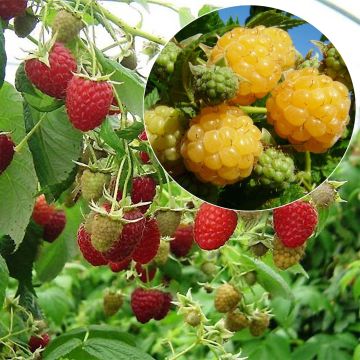
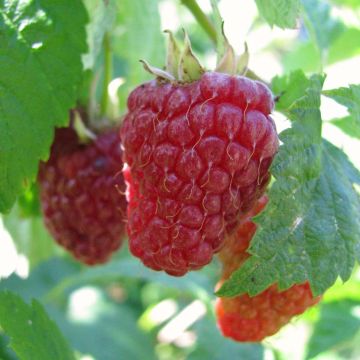
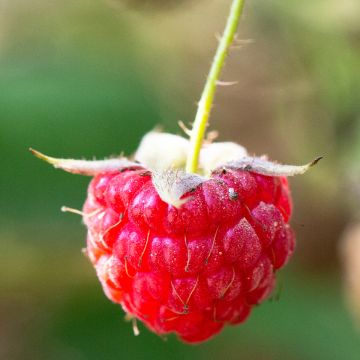
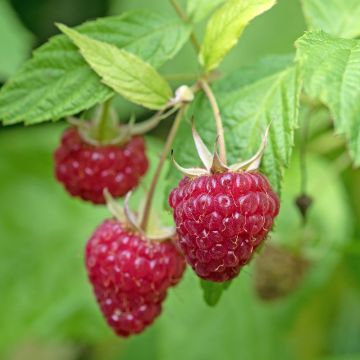
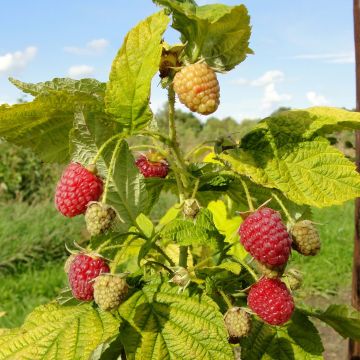
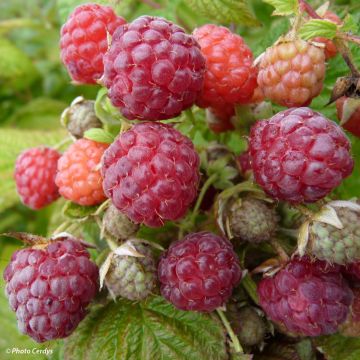
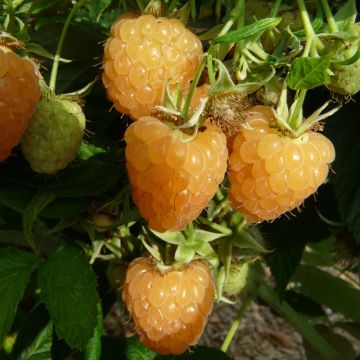
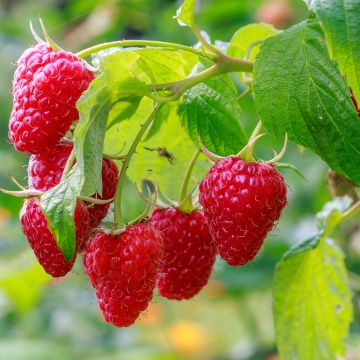
Comments